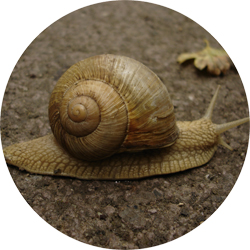Climate-induced changes in bottom-up and top-down processes independently alter a marine ecosystem
by Jochum, M., Schneider, F.D., Crowe, T.P., Brose, U., O’Gorman E.J.
Published: 24 September 2012
In: Philosophical Transactions of the Royal Society B: Biological Sciences, 367:2962-2970
doi: 10.1098/rstb.2012.0237
Abstract
Climate change has complex structural impacts on coastal ecosystems. Global warming is linked to a widespread decline in body size, whereas increased flood frequency can amplify nutrient enrichment through enhanced run-off. Altered population body-size structure represents a disruption in top-down control, whereas eutrophication embodies a change in bottom-up forcing. These processes are typically studied in isolation and little is known about their potential interactive effects. Here, we present the results of an in situ experiment examining the combined effects of top-down and bottom-up forces on the structure of a coastal marine community. Reduced average body mass of the top predator (the shore crab, Carcinus maenas) and nutrient enrichment combined additively to alter mean community body mass. Nutrient enrichment increased species richness and overall density of organisms. Reduced top-predator body mass increased community biomass. Additionally, we found evidence for an allometrically induced trophic cascade. Here, the reduction in top-predator body mass enabled greater biomass of intermediate fish predators within the mesocosms. This, in turn, suppressed key micrograzers, which led to an overall increase in microalgal biomass. This response highlights the possibility for climate-induced trophic cascades, driven by altered size structure of populations, rather than species extinction.
